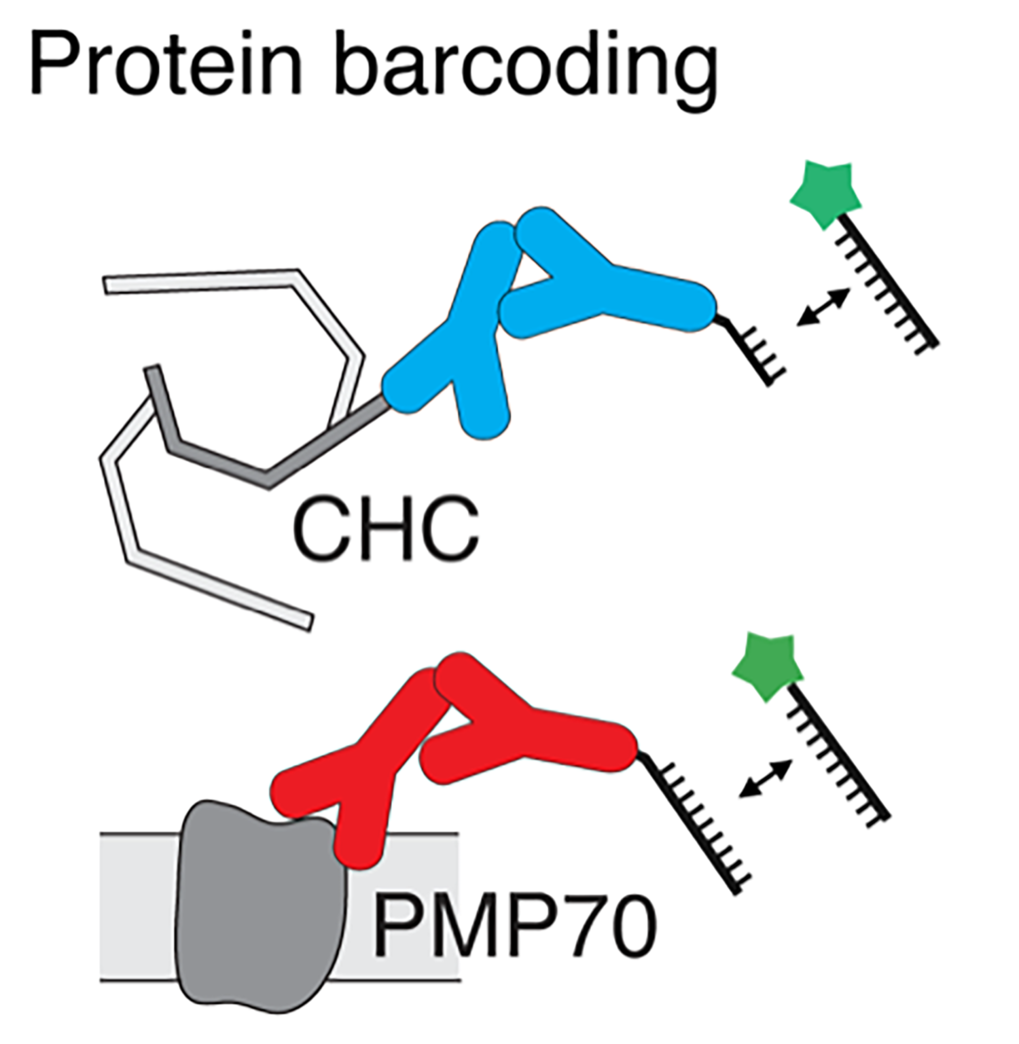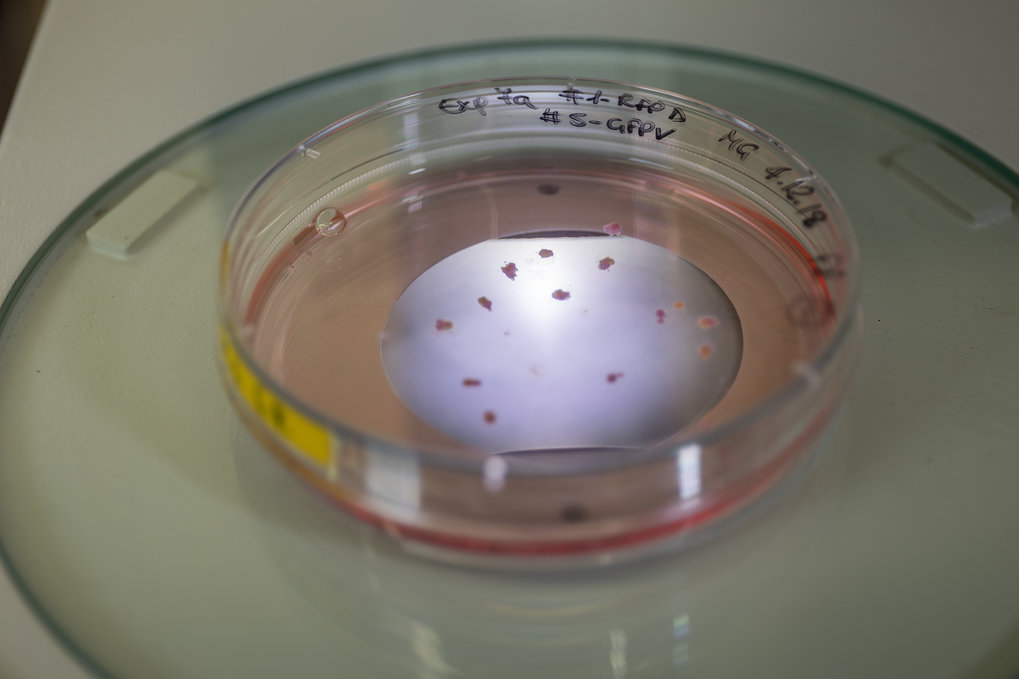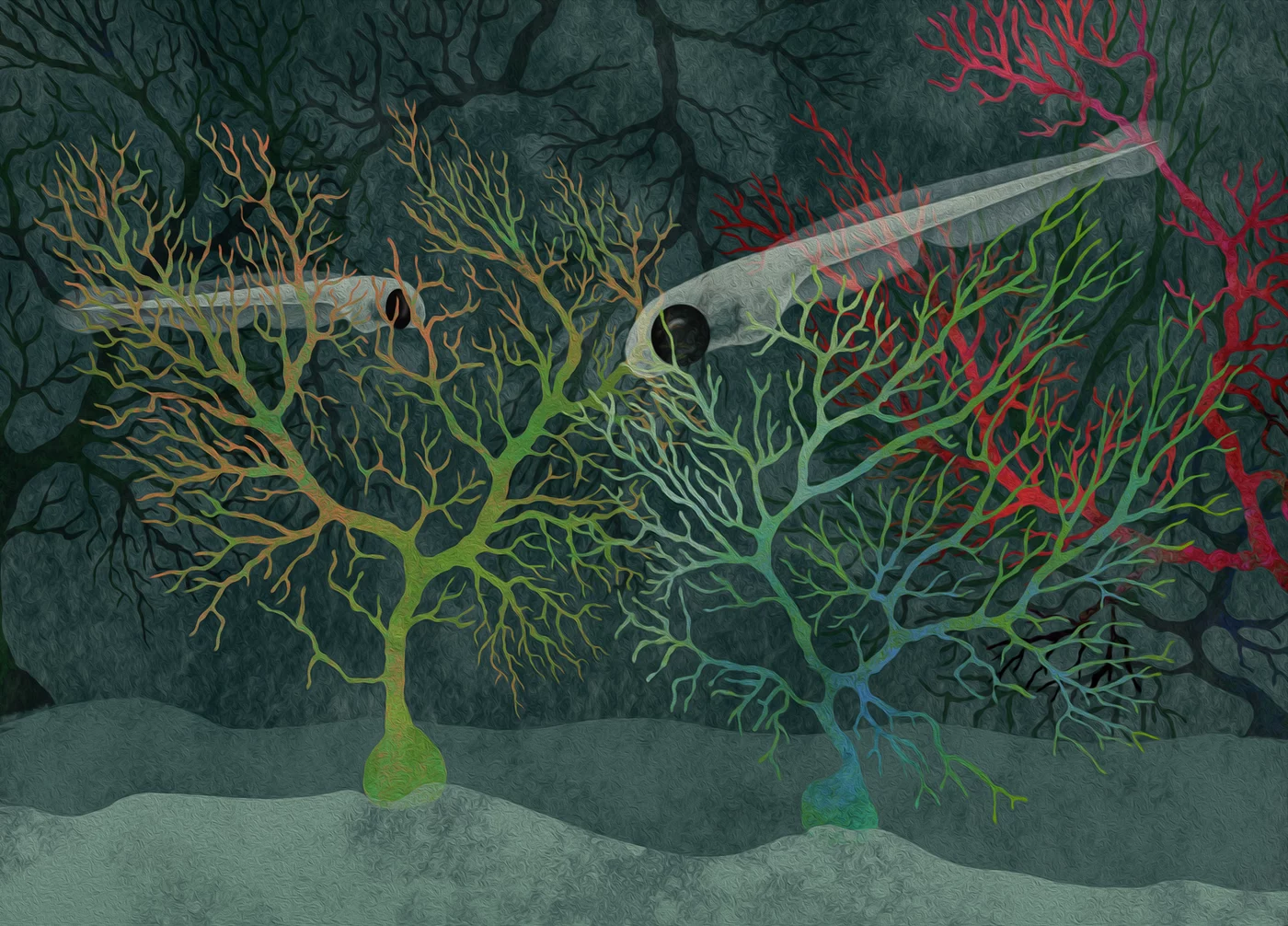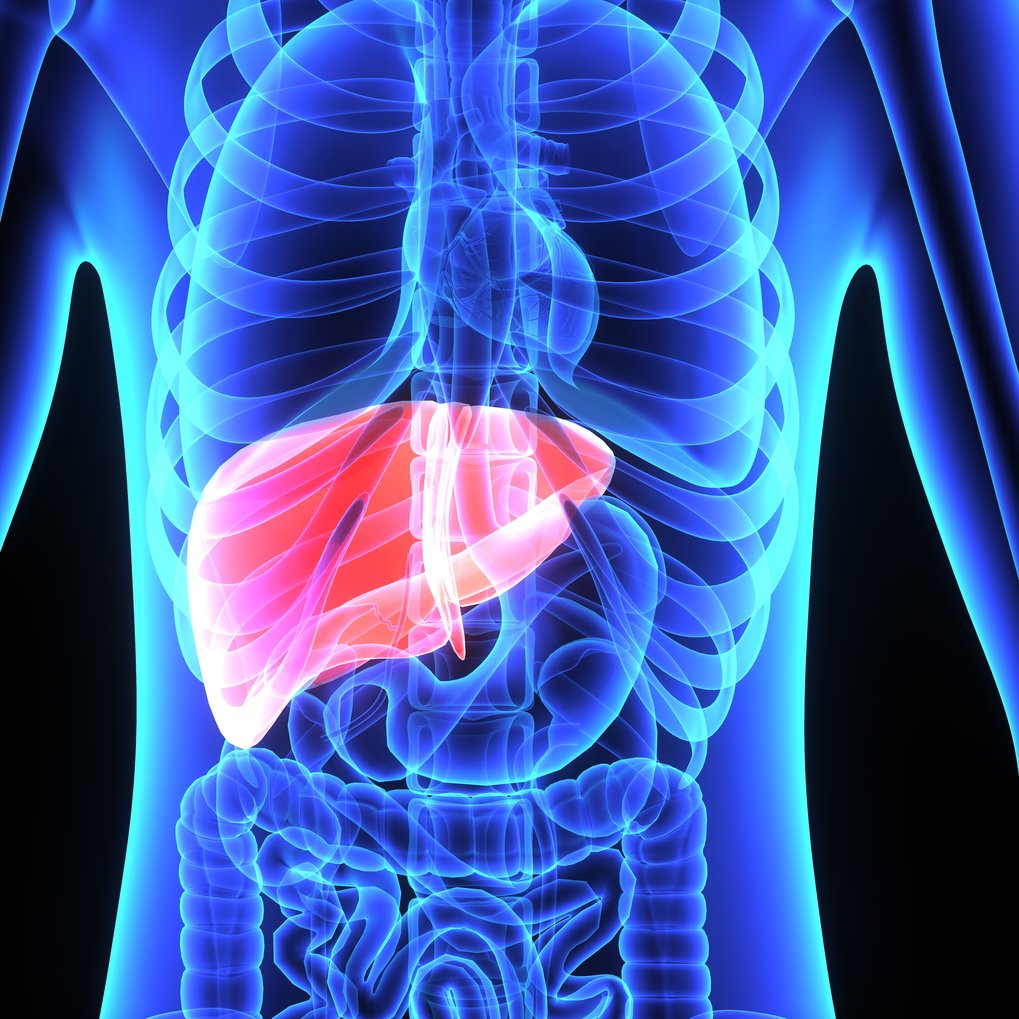
Lemke, S.B., Weidemann, T., Cost, A.L., Grashoff, C., and Schnorrer, F.
PLoS Biol, 2019, 17, e3000057.
doi: 10.1371/journal.pbio.3000057
A small proportion of Talin molecules transmit forces at developing muscle attachments in vivo.
Cells in developing organisms are subjected to particular mechanical forces that shape tissues and instruct cell fate decisions. How these forces are sensed and transmitted at the molecular level is therefore an important question, one that has mainly been investigated in cultured cells in vitro. Here, we elucidate how mechanical forces are transmitted in an intact organism. We studied Drosophila muscle attachment sites, which experience high mechanical forces during development and require integrin-mediated adhesion for stable attachment to tendons. Therefore, we quantified molecular forces across the essential integrin-binding protein Talin, which links integrin to the actin cytoskeleton. Generating flies expressing 3 Förster resonance energy transfer (FRET)-based Talin tension sensors reporting different force levels between 1 and 11 piconewton (pN) enabled us to quantify physiologically relevant molecular forces. By measuring primary Drosophila muscle cells, we demonstrate that Drosophila Talin experiences mechanical forces in cell culture that are similar to those previously reported for Talin in mammalian cell lines. However, in vivo force measurements at developing flight muscle attachment sites revealed that average forces across Talin are comparatively low and decrease even further while attachments mature and tissue-level tension remains high. Concomitantly, the Talin concentration at attachment sites increases 5-fold as quantified by fluorescence correlation spectroscopy (FCS), suggesting that only a small proportion of Talin molecules are mechanically engaged at any given time. Reducing Talin levels at late stages of muscle development results in muscle-tendon rupture in the adult fly, likely as a result of active muscle contractions. We therefore propose that a large pool of adhesion molecules is required to share high tissue forces. As a result, less than 15% of the molecules experience detectable forces at developing muscle attachment sites at the same time. Our findings define an important new concept of how cells can adapt to changes in tissue mechanics to prevent mechanical failure in vivo.





